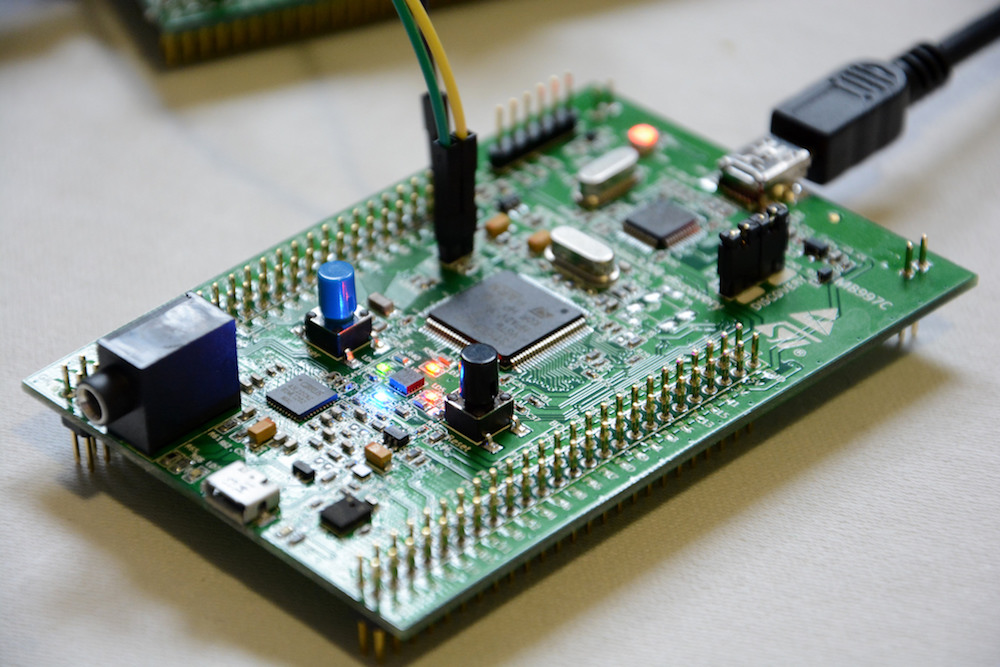PCB Board Development History
The PCB Board has been the basic building block of electronic devices since the beginning of the modern electronic age, just after the Second World War. Because of the circuit board’s unique ability to create large numbers of connections at a single solder step and its capability of being mass produced at a relatively low cost, it will undoubtedly hold this position for some time.

Its continued viability is reinforced by the fact that printed wiring board technology has been able to adapt to the needs of the product designer and to the constraints of the component industry, as the relentless demands of smaller, faster, cheaper continue to define the market place.
While many feel that the term electronic PCB card has become incorrect and outdated and have proposed alternatives, printed circuit board has become part of the international language of technology and carries no confusion about what it means.
It denotes the general family of planar, sometimes flexible, non-conductive materials with conductive traces adhering to it and holes penetrating it that interconnect the components.

The development of PCB Board technology has been a series of revolutions forced by the interconnection needs of smaller, denser component structures, followed by evolutionary periods as new technologies matured and manufacturing became more predictable and reliable.
When the printed circuit board was released, it was a planar board composed of a non conductive supporting material with traces etched from a laminated sheet of copper connecting to annular rings around holes for component leads.

